Rising Cyber Threat Landscape
The security orchestration market is experiencing heightened demand due to the escalating cyber threat landscape in the US. Organizations are increasingly targeted by sophisticated cyber attacks, which necessitate robust security measures. In 2025, it is estimated that cybercrime will cost businesses globally over $10 trillion annually, prompting a shift towards automated security solutions. This environment compels organizations to adopt security orchestration tools that streamline incident response and enhance threat detection capabilities. As a result, the market is projected to grow at a CAGR of 20% through 2027, driven by the need for comprehensive security strategies that can adapt to evolving threats.
Regulatory Compliance Pressures
The security orchestration market is significantly influenced by the pressures of regulatory compliance in the US. Organizations are required to adhere to various regulations, such as GDPR and HIPAA, which mandate stringent data protection measures. Non-compliance can result in hefty fines, reaching up to $20 million or 4% of annual revenue, whichever is higher. Consequently, businesses are increasingly investing in security orchestration solutions to ensure compliance and mitigate risks. The market is expected to expand as organizations seek to automate compliance processes, thereby reducing the burden on security teams and enhancing overall operational efficiency.
Demand for Operational Efficiency
The security orchestration market is driven by the growing demand for operational efficiency within organizations. As security teams face increasing workloads, the need for streamlined processes becomes paramount. Security orchestration tools enable organizations to automate repetitive tasks, allowing security personnel to focus on more strategic initiatives. In 2025, it is projected that organizations will save up to 30% in operational costs by implementing these solutions. This trend indicates a shift towards more efficient security operations, which is likely to propel the growth of the security orchestration market as companies seek to optimize their resources.
Integration of Cloud Technologies
The security orchestration market is being shaped by the rapid integration of cloud technologies across various sectors. As organizations migrate to cloud environments, they face unique security challenges that necessitate advanced orchestration solutions. The cloud security market is expected to reach $12 billion by 2026, highlighting the increasing reliance on cloud-based security measures. Security orchestration tools facilitate the management of security incidents across hybrid environments, ensuring comprehensive protection. This trend suggests that the market will continue to grow as organizations seek to enhance their security posture in the cloud.
Emergence of Advanced Threat Intelligence
The security orchestration market is growing due to the emergence of advanced threat intelligence solutions. Organizations are increasingly leveraging threat intelligence to proactively identify and mitigate potential security risks. In 2025, the threat intelligence market is projected to reach $8 billion, indicating a strong demand for data-driven security strategies. Security orchestration tools that integrate threat intelligence capabilities enable organizations to respond swiftly to emerging threats, thereby enhancing their overall security posture. This trend suggests a robust future for the security orchestration market as businesses prioritize proactive security measures.


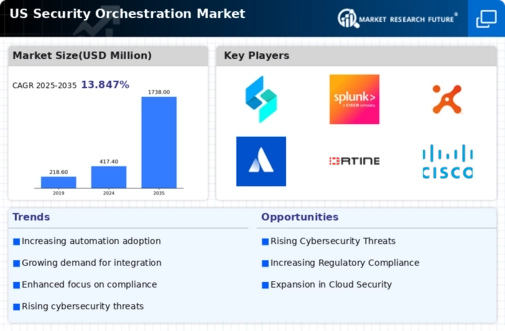
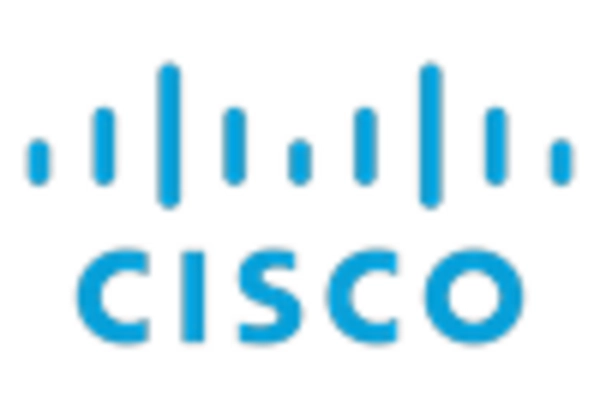
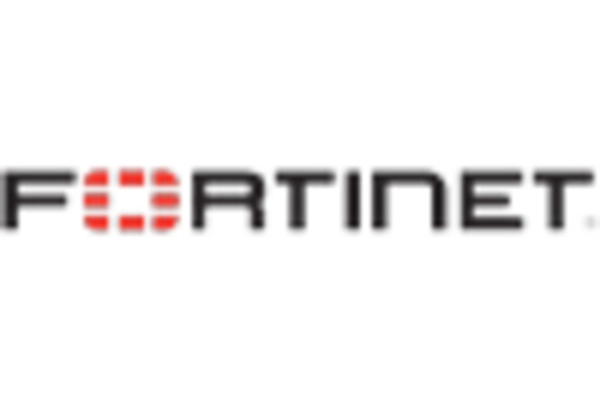
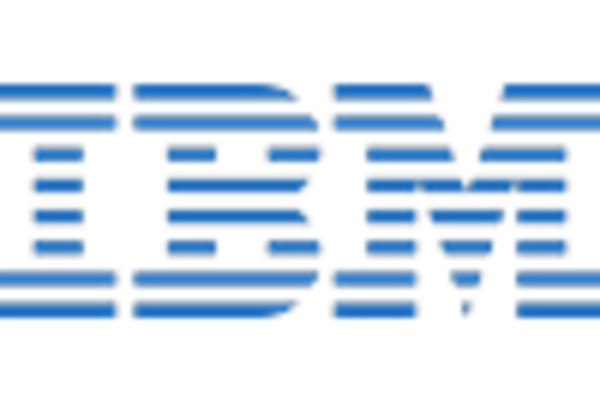
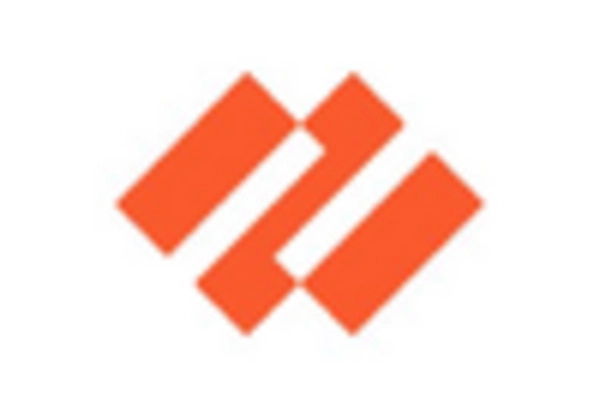
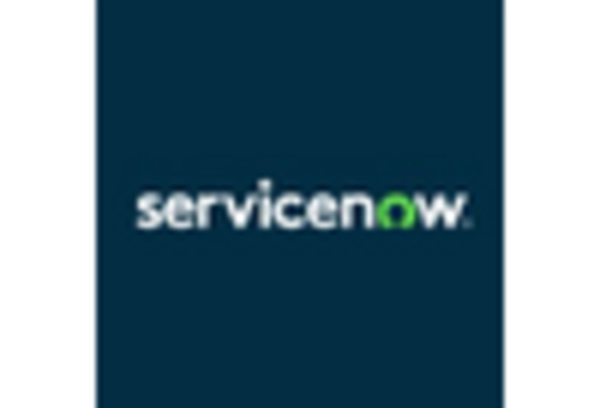
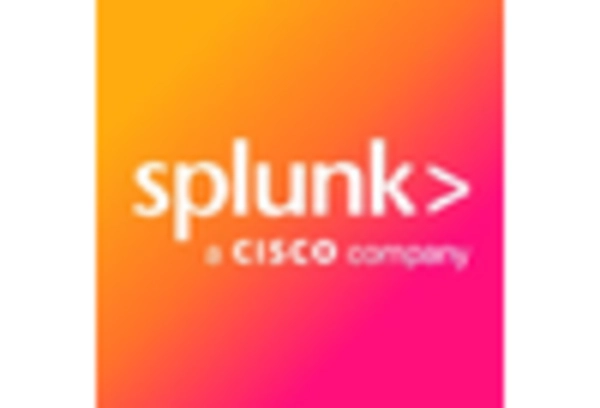








Leave a Comment